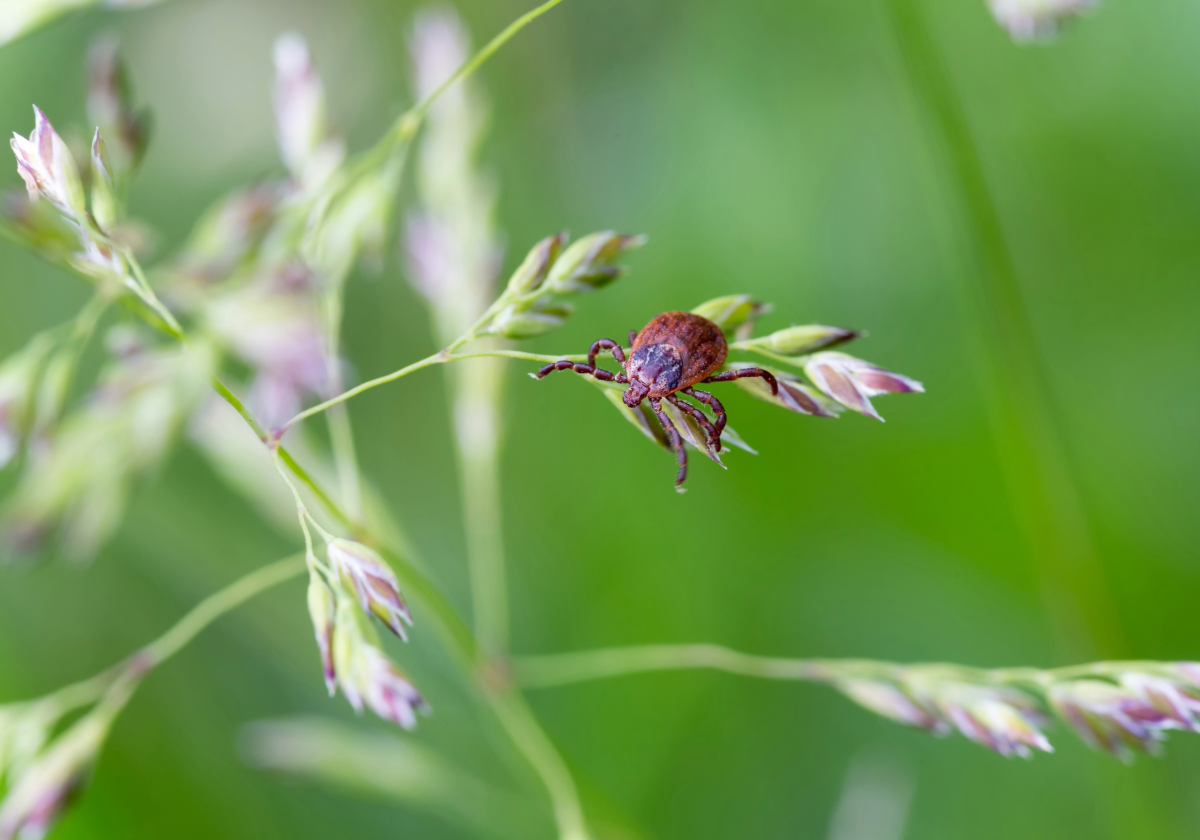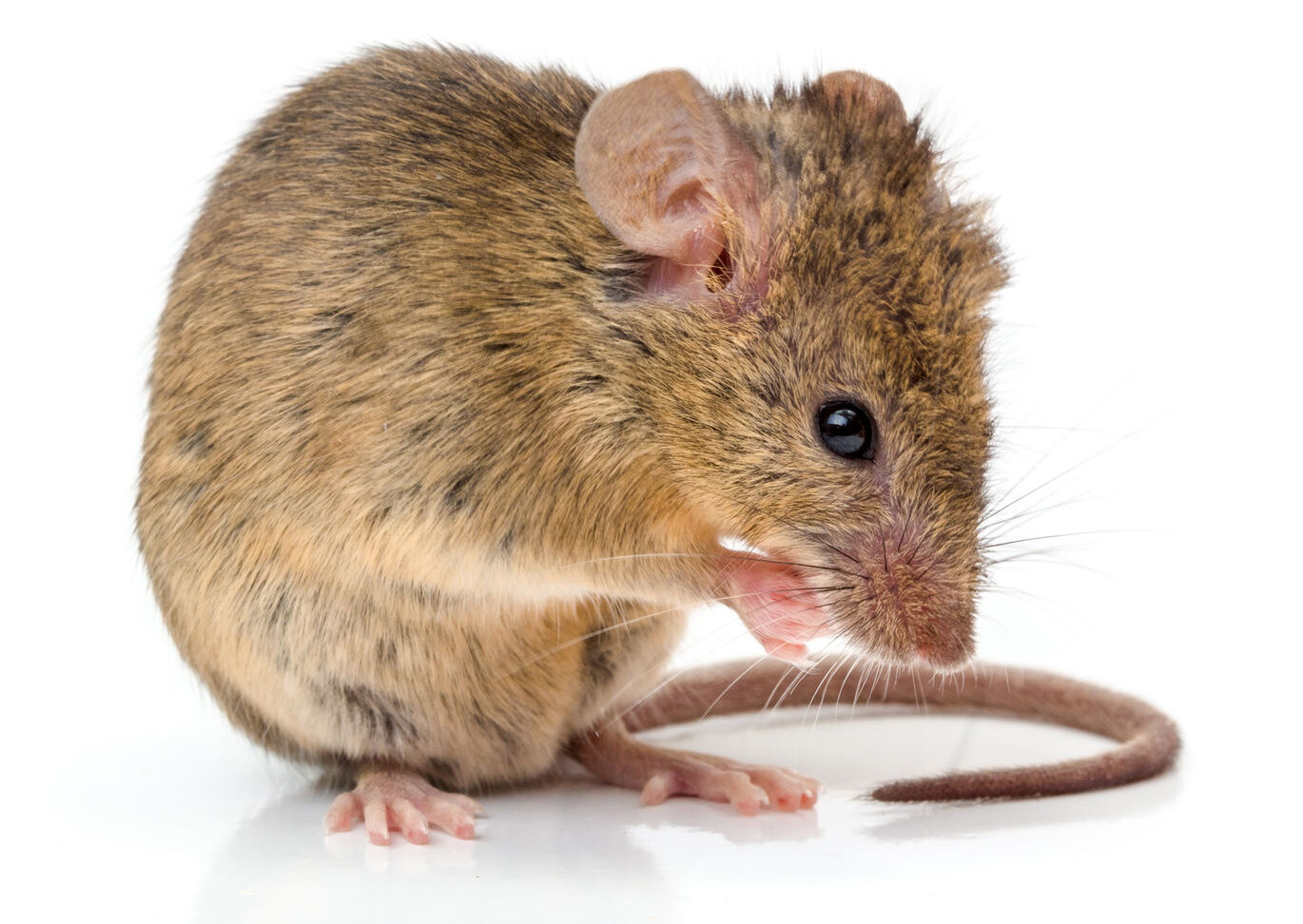An ash tree can grow for decades, becoming a centerpiece for a yard or an area of property. They are stately trees with a network of trunks and branches that add incredible character to a home or business. For some people, these trees are like a part of the family. So, when emerald ash borers attack, it can be devastating. These pests bore into the wood and lay their eggs. When larvae hatch, they feed on the bark. To make matters worse, woodpeckers come to feed on the larvae, damaging these trees even further. Fortunately, if you have an important ash in your yard, there is a solution.
Ash trees can be treated with EPA-approved, systemic insecticides that work their way up through the veins of ash trees to stop these bugs in their tracks. Since ash borers feed on the vascular tissue of ash trees, they take in this insecticide while feeding and quickly die off. Treatments are either injected into the tree at the base, or injected into the soil. Each of these treatment options has its benefits.
Of the two treatment options, trunk injection is the most effective method of destroying existing emerald ash borers. These treatments are usually applied in spring, from mid-May to mid-June. While this method works well with trees that have less than 20% dieback or thinning of their canopy, research shows that trees with 50% canopy loss may not recover with treatment.
In some circumstances, it may be possible to treat an ash tree with a soil treatment. Trees of less than 6″ diameter breast height can be treated every two years. But trees with a DBH greater than 6″ require yearly applications. If the ash borer infestation is caught in time, infested trees will slowly recover over the course of a few years.
It is important to understand that early detection and treatment of emerald ash borers is vital in saving these trees. If you have an ash tree on your property that is of value to you, act now to keep it safe. Also bear in mind that the destruction of these trees by ash borers can create a danger to your property, and to anyone living on, or inside, your property.



